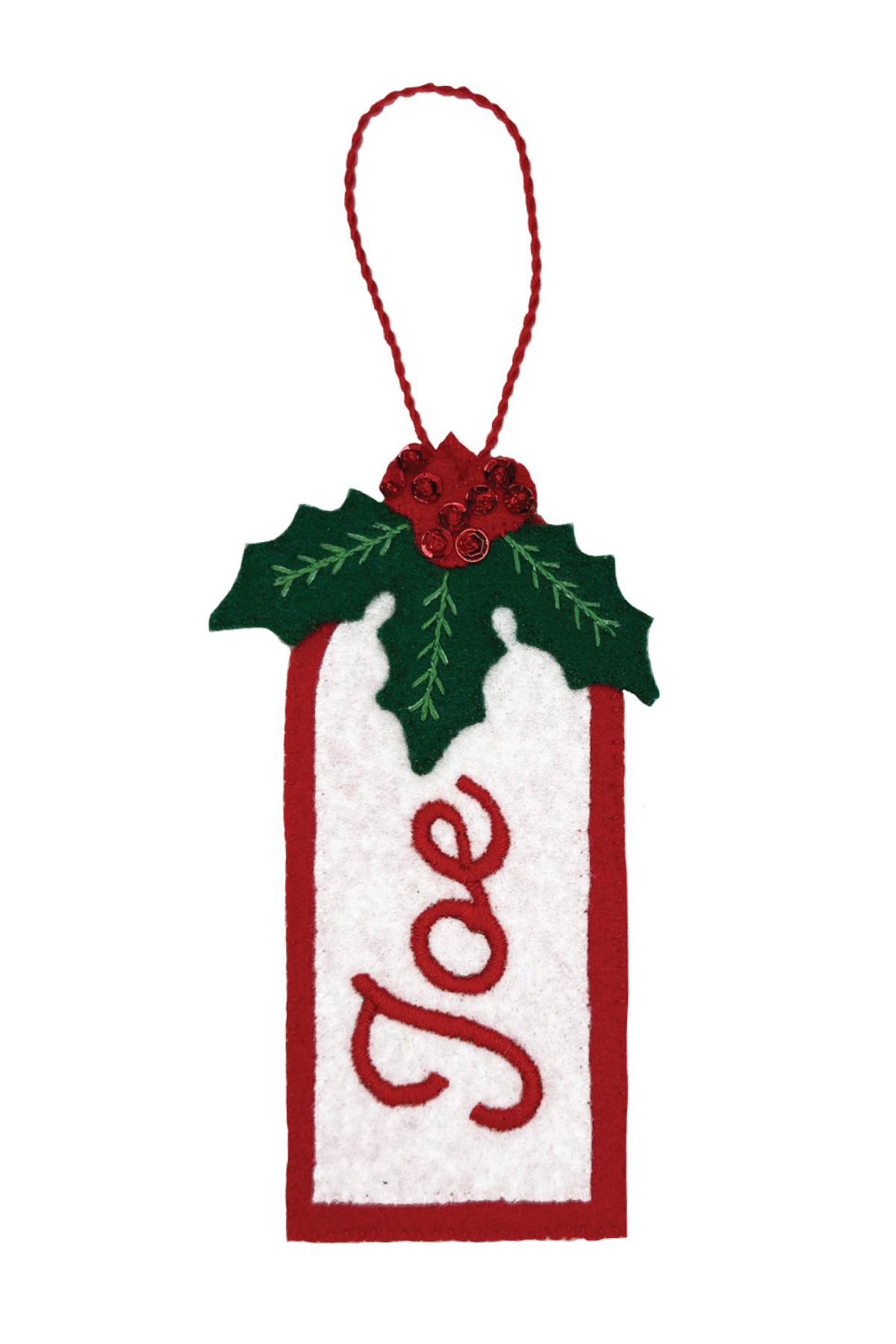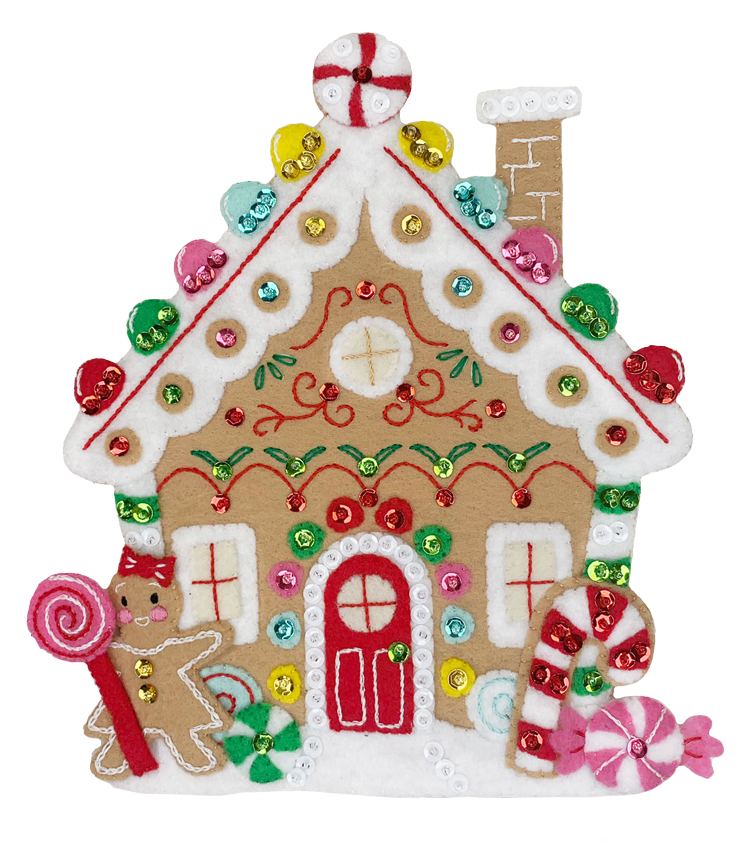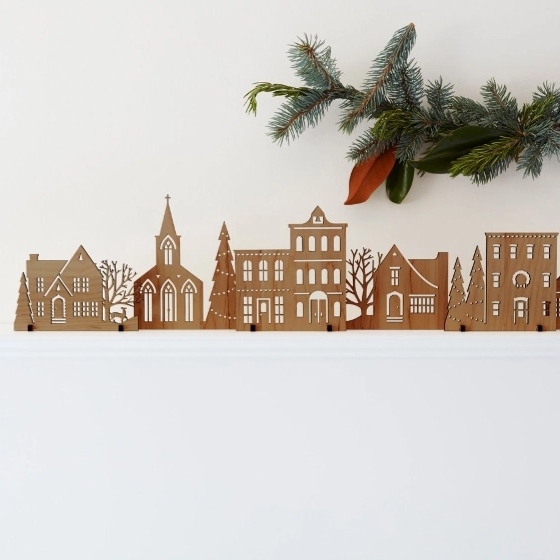Christmas Trivia: How Red and Green Became a Tradition

Posted on January 26, 2022

Have red and green always been part of Christmas tradition? The answer may surprise you.
From poinsettias to Christmas stockings hung by the fire with care, the Christmas season is dripping with vibrant reds and greens as far as the eye can see. But how did red and green become the signature color combination of Christmas?
Like many Christmas traditions, the history of why greens and reds are associated with the season is storied and debated. In this article, we highlight the origin stories—one of which will undoubtedly surprise you.
“Holly Jolly” Inspiration from Ancient Pagans
While the Christmas holiday itself is rooted in religion, there are several pagan infusions that have shaped how we celebrate. And as some report, the greens and reds are one of those hybrid traditions—thanks to holly plants. 
As Reader’s Digest reports: “Centuries ago, ancient Celtic peoples revered red- and green-colored holly plants for being evergreen, and they believed holly was meant to keep Earth beautiful during the dead of winter. They used the bright plant as a symbol of protection and prosperity in their midwinter celebrations.”
The Crown of Thorns
Holly actually plays a double role in the history of this tradition. Holly is closely associated with the crown of thorns placed on Jesus’ head before he died on the cross. “The red berries represent the blood that Jesus shed on the cross on the day he was crucified. Legend states that holly berries were originally white, but that the blood Christ shed for the sins of humankind stained the berries forever red. A holly's pointed leaves symbolize the crown of thorns placed on Jesus' head before he died on the cross.” As a fun fact, holly is known as “christdorn” in German, which means “Christ thorn.”
Coca-Cola’s Iconic Santa Claus
Arielle Eckstut, co-author of Secret Language of Color, has spoken to many publications about the Christmas colors origin stories. She attributes the rise of the colors to two things. The first is holly. "Holly has played a huge part in this red and green association," she told NPR with confidence. But it took a while for red and green to rise to the top. Eckstut says Victorian Christmas cards used a lot of different palettes (red and green, red and blue, blue and green, blue and white) and they often put Santa in blue, green or red robes. All that changed in 1931. “Coca-Cola hired an artist to create a Santa Claus," Arielle said in an interview with NPR. "They had done this before, but this particular artist created a Santa Claus that we associate with the Santa Claus today in many ways: He was fat and jolly—whereas before he was often thin and elf-like—and he had red robes.” “It solidified in our collective imaginations the red of Santa's robes with the green of fir trees and holly and [poinsettia] that we already had in our minds,” she added. According to NPR, that artist was Haddon Sundblom. Since his art was such a big hit, Coca-Cola continued working with him for decades.
Photo Credit: Coca-Cola via Miel Van Opstal/Flickr
Colorful Threads of the Same Fabric—That’s Tradition
Every tradition we hold dear has a variety of influences and evolves over time—and the signature colors of Christmas are no exception.
While there is no one agreed upon point of origin, it’s safe to say that every theory has shaped the overall story of the colors of Christmas. And at the end of the day, it’s simply tradition.






